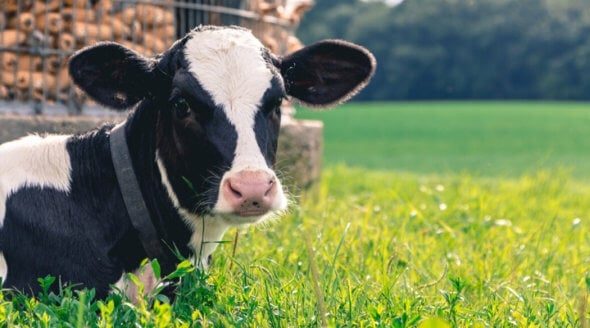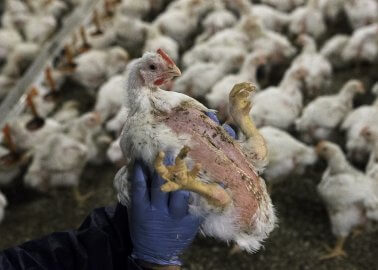Shocking Statistics About Animal Exploitation
Deforestation
- Industrial agriculture is the most significant driver of deforestation in tropical and subtropical countries, accounting for 80% over a 10-year period.
- Every minute, an area of the Amazon rainforest the size of more than two football pitches is cut down.
Climate Change
- Farming animals for meat, eggs, and milk generates approximately 5% of global greenhouse-gas emissions, more than all transportation combined.
Pollution
- According to the Food and Agriculture Organization of the United Nations, animal agriculture is a leading cause of water-quality degradation and other critical environmental issues at every scale from local to global.
- Animal agriculture is responsible for 90% of ammonia emissions in England.
- Agriculture is the leading cause of impaired water quality in the US. http://water.epa.gov/polwaste/nps/outreach/point1.cfm
Infectious Diseases
- The SARS epidemic started in China, where the virus is believed to have passed from bats to civets at a wet market where they were confined and slaughtered for their flesh.
- The COVID-19 pandemic likely started at a wet market in Wuhan, China, where civets, wolves, pangolins, and other animals were kept in squalid conditions to be killed and eaten.
Antimicrobial Resistance
- In the US, around 70% of antibiotics are administered to animals. In the UK, the figure is 36%.
- According to Antibiotic Research UK, globally, over 700,000 people die each year as a result of antibiotic resistance. By 2050, it could cause the deaths of 10 million people annually.
- Salmonella and E coli bacteria are more resistant to antibiotics in poultry.
Non-Communicable Diseases
- According to the World Health Organization, red and processed meats are carcinogenic – that is, consuming them causes cancer.
- Researchers in Finland found that eating a large amount of animal protein and a small amount of plant protein increases men’s risk of suffering from diabetes by 35%.
- A Cornell University study found that eating just two servings of red or processed meat a day increases a person’s risk of developing cardiovascular disease by 3% to 7% and their risk of dying of any cause by 3%.




